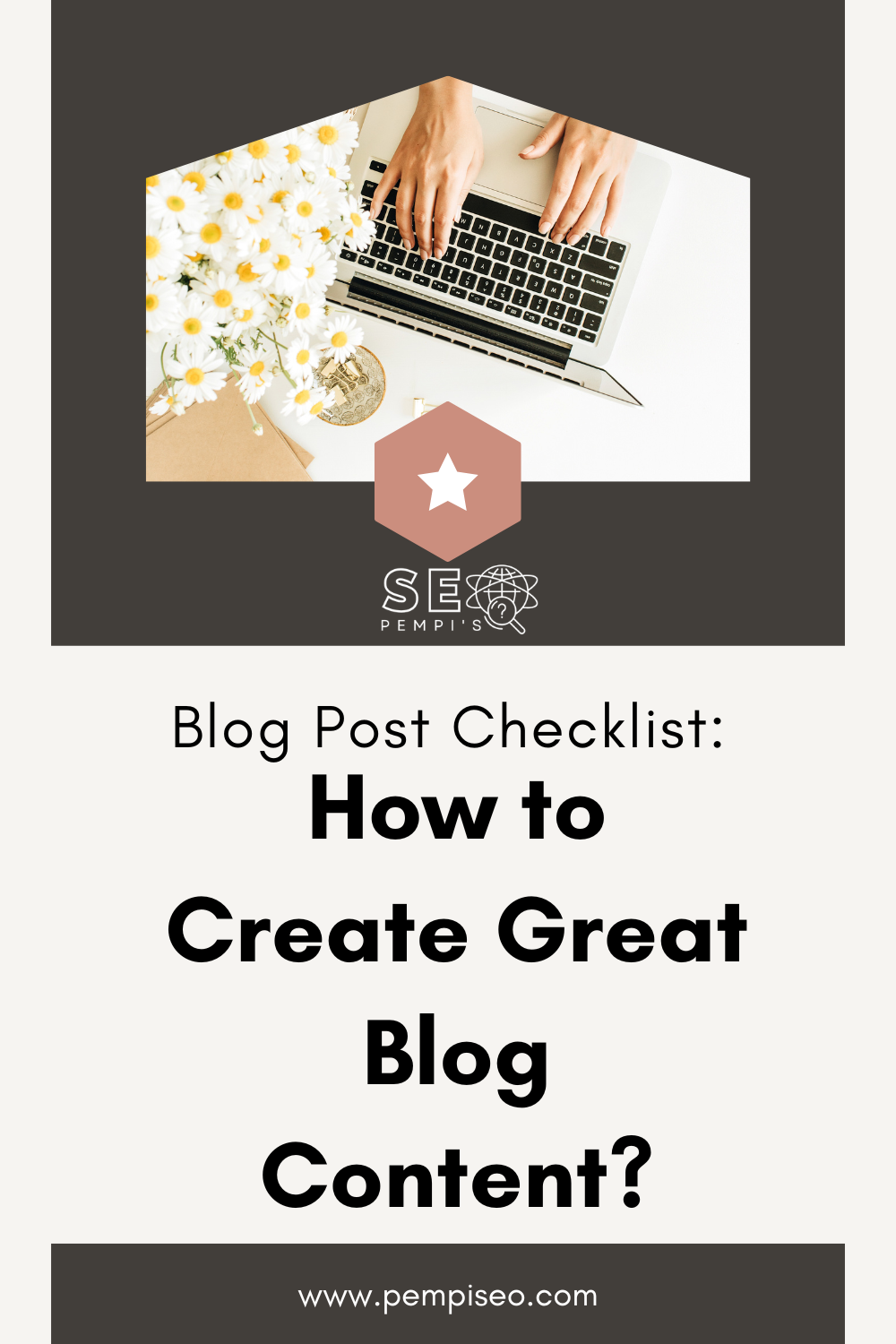SEO for PR: How to Create an SEO & PR Strategy
If you're in business, it's essential to ensure that your website is optimized for search engines. Not only will this help you attract more visitors, but it can also help improve your PR strategy. In today's post, we'll discuss how to create an SEO & PR strategy. Stay tuned!
What is SEO & PR Strategy?
Many business owners are aware of the need for SEO (Search Engine Optimization) but may not realize the potential benefits of PR (Public Relations). SEO and PR are essential pieces of a well-rounded marketing strategy, and each can complement the other.
For example, a strong PR campaign can help increase brand awareness and build backlinks to your website, which are essential ranking factors for SEO. Likewise, a well-optimized website will more likely appear in search results and earn media attention.
By focusing on SEO and PR, you can ensure that your website is visible to your target audience and that your brand is represented positively. A holistic marketing approach is essential for success in today's competitive market.
Blog Post Checklist
Start making money online with organic search traffic

How to Develop an SEO & PR Strategy?
If you want your business to succeed, you must ensure that people can find you online. That's where SEO and PR come in. By developing a solid SEO and PR strategy, you can ensure that your website appears at the top of search engine results and that your brand gets publicity in the right places. Here's how to get started:
1. Define your goals.
What do you want to achieve with your SEO and PR strategy? Do you want to increase website traffic, improve conversion rates, or raise brand awareness?
Once you know your primary objective, you can tailor your SEO and PR efforts accordingly. For example, if you're trying to increase website traffic, you'll want to focus on optimizing your site for search engines and generating backlinks.
If you're looking to improve conversion rates, on the other hand, you'll want to make sure your site is user-friendly, and your content is relevant and engaging. By defining your goals clearly, you'll be able to create an SEO and PR strategy to help you achieve them.
2. Research your competition.
If you want your business to be successful, it's essential to keep an eye on your competition. By studying their campaigns and strategies, you can learn much about what works and doesn't.
For example, their SEO strategy is likely adequate if they have a well-designed website ranking high in search engine results. If they're getting a lot of media attention, their PR campaign is probably working well.
Of course, you shouldn't copy everything that your competitors are doing. But by closely examining their campaigns, you can learn a lot about how to market your business effectively.
3. Identify your target audience.
When trying to reach a target audience, it is essential to know who that audience is. Are they male or female? What is their age range? What are their interests?
Once you understand your target audience, you can craft content that appeals to them. For example, if you are trying to reach teenage girls, you might want to write about topics like fashion, makeup, and relationships.
However, if you are trying to reach middle-aged men, you might want to write about sports, business, and current events. By understanding your target audience, you can ensure that your message will be well received.
4. Create keyword-rich content.
Choosing the right keywords is essential for any business that wants to succeed in search engine optimization (SEO). Keywords are the terms or phrases your target audience uses when searching for information online.
If you want your website to appear in the top search engine results, then you need to ensure that your content includes the keywords your target audience is searching for. However, simply stuffing your content with keywords is not enough.
You also need to ensure that your keywords are used in a way that sounds natural and informative. Otherwise, your website will be penalized by search engine algorithms. With careful keyword research and strategic use, you can ensure that your website has the best chance of appearing in the top results for relevant searches.
5. Build links.
Link building is an integral part of any SEO strategy. High-quality links from other websites can improve your search engine ranking and drive more traffic. However, link-building is not always easy.
To get the best results, you need to be strategic and focus on building links that will be valuable to your audience. For example, if you have a website about gardening, it would be beneficial to get links from other websites. This would show search engines that your website is relevant and authoritative for gardening.
In addition, try to get links from websites with a high Page Rank. This will help to improve your search engine ranking further. Link building takes time and effort, but it is well worth it if you want to improve your SEO and get more traffic to your website.
6. Pitch the media.
One of the best ways to get publicity for your website is to pitch story ideas to the media. By coming up with catchy angles and stories relevant to their interests, you can significantly increase the chances of getting covered.
Of course, developing ideas that will grab the media's attention is not always easy. However, there are a few tricks that can help.
First, try to focus on timely stories likely to interest a broad audience. Second, don't be afraid to be controversial or provocative - sometimes, a little controversy can go a long way in getting coverage. Finally, try to make your story as visual as possible by including photos, videos, or infographics.
By following these tips, you can develop a strong SEO and PR strategy that will help your business to the next level!
How to Measure the Success of Your SEO & PR Efforts?
There's no doubt that SEO and PR are essential for any business. But how can you measure the success of your efforts? Here are a few ideas:
1. Check your website traffic.
Use Google Analytics or another tool to see how many people visit your site from organic search results. If you see a significant increase after implementing a new SEO or PR strategy, that's a good sign!
2. Look at your conversion rate.
If more people are coming to your site and taking the desired action (signing up for a newsletter, making a purchase, etc.), that's a positive sign that your SEO and PR efforts are paying off.
3. Monitor your brand mentions.
Set up Google Alerts or use another tool to track when your business is mentioned online. If you see more mentions after implementing a new SEO or PR strategy, you're getting more exposure - which is excellent news.
Conclusion
Now that you know all about SEO & PR and how to develop a strategy for your business, it's time to start! I can assist you if you need help creating quality content or building links. Our team is ready and waiting to partner with you to create a stellar SEO or marketing plan.
I would love to help you optimize your website and increase your search engine rankings by teaching you how to generate traffic to your online business by leveraging search engines like Google, Bing, and Yahoo! Contact me.
Blog Post Checklist
Start making money online with organic search traffic





